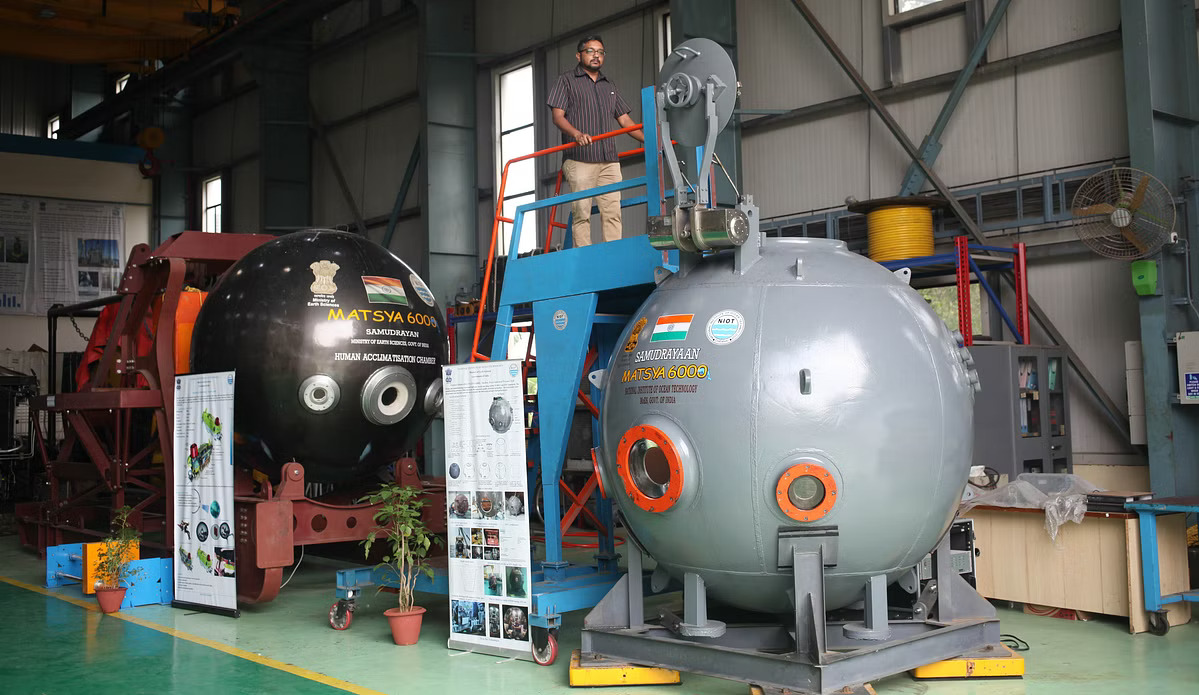Lessons For Proposed Indian Submersible Dive From Titan
Context:
Scientists in India who are planning to conduct a similar dive in an indigenous vehicle later next year say that numerous backup safety measures for the crew are already in place, though there may be reviews of the safety systems used. With hope dwindling for those in the Titan submersible’s chances of survival.
Why is Titan in the news?
- The disappearance of Titan: On June 18, 2023, the submersible named Titan, operated by OceanGate, vanished in international waters in the North Atlantic Ocean, approximately 400 nautical miles off the coast of Newfoundland, Canada. The submersible was part of a tourist expedition aimed at observing the wreck of the Titanic.
- Communication loss: Contact with the Titan was severed 1 hour and 45 minutes into its dive to the Titanic wreck site. Authorities were alerted when it failed to resurface at the scheduled time later that day, raising concerns about the safety and status of the submersible and its occupants.
- Discovery of debris field: After an extensive search effort lasting nearly 80 hours, a remotely operated underwater vehicle (ROV) located a debris field containing parts of the Titan. The debris field was found approximately 488 meters from the bow of the Titanic. This discovery provided evidence suggesting that the pressure vessel of the Titan had imploded shortly after its descent began, resulting in the instant death of all onboard.
- Safety concerns and certification: Prior to the incident, concerns had been raised about the safety of the Titan. Executives from OceanGate had reportedly chosen not to seek certification for the submersible, arguing that stringent safety protocols could impede innovation. This decision raised questions about the vessel’s design, construction, and adherence to safety standards.
- International search and rescue operation: The search and rescue operation following the disappearance of the Titan was led by the United States Coast Guard, United States Navy, and Canadian Coast Guard. It involved coordination among various entities, including the Royal Canadian Air Force and United States Air National Guard, a Royal Canadian Navy ship, commercial and research vessels, as well as remotely operated underwater vehicles (ROV)
Why Lessons can India Learn?
- The Samudrayaan Mission aims to create a self-propelled manned submersible that can carry three people and a variety of research instruments to a depth of 6000 metres in the ocean. Its operational endurance is 12 hours, while its emergency endurance is 96 hours.
- The goal of the expedition is to deploy three people in the “MATSYA 6000” vehicle to a depth of 6000 metres to explore deep-sea resources like minerals.
- The National Institute of Ocean Technology (NIOT), Chennai, is designing and developing the “MATSYA 6000” vehicle for the Ministry of Earth Sciences.
- The Titan disaster can aid India in reassessing its safety protocols and will aid in assuring the crew’s safety.
- Rescue operations in the deep water have incredibly low success rates.





